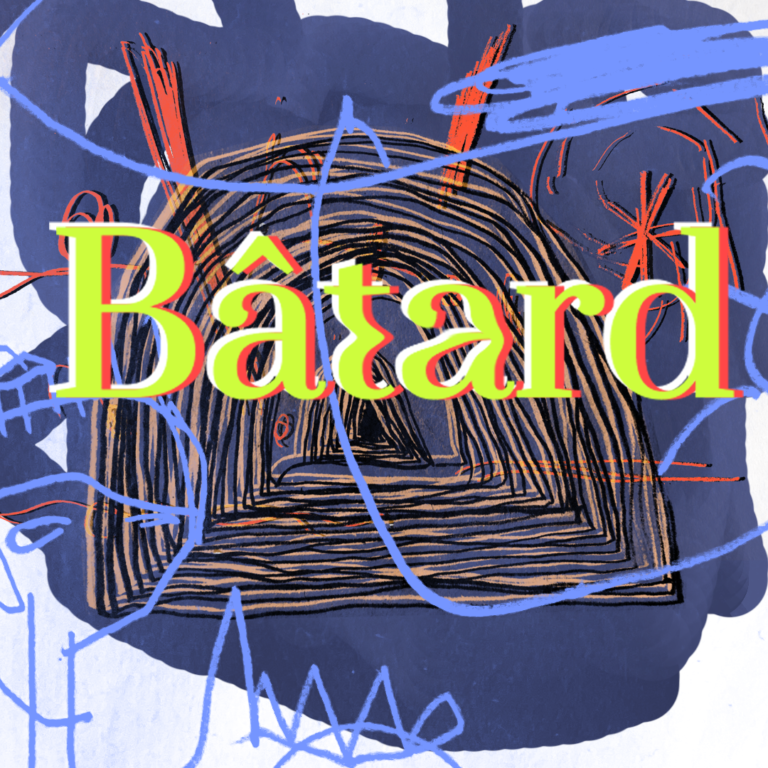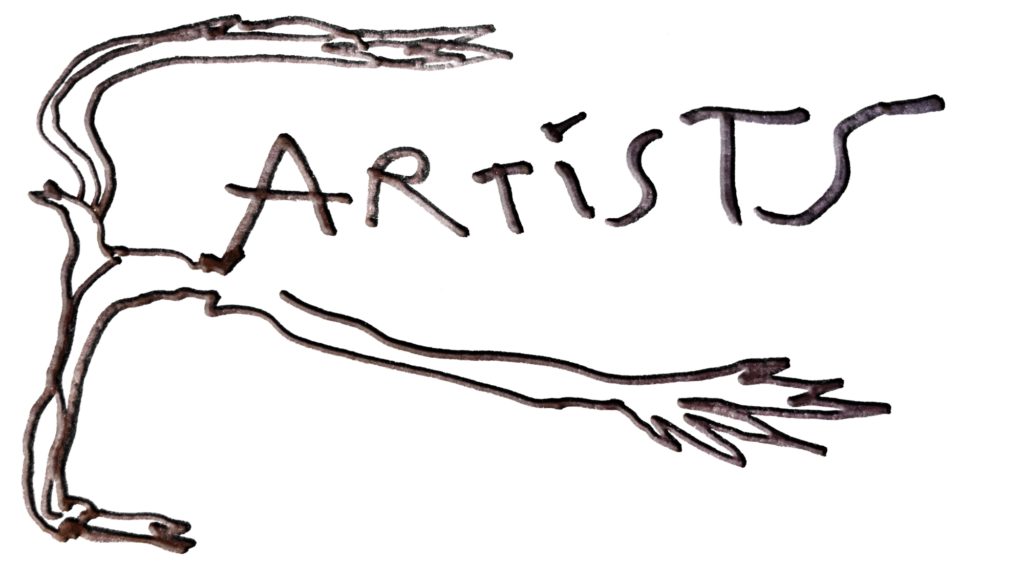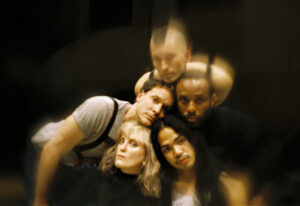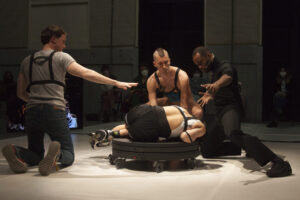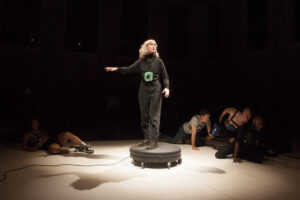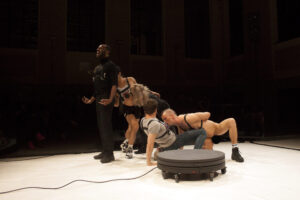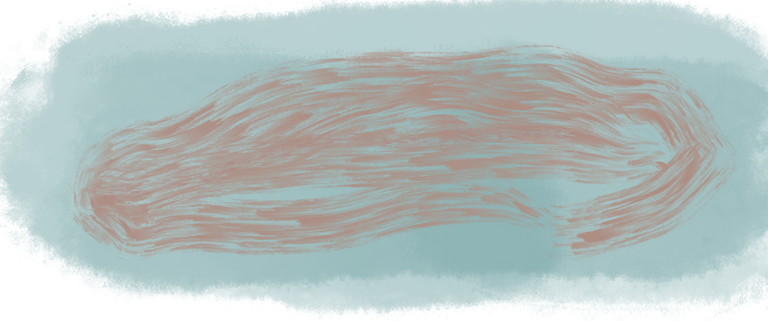
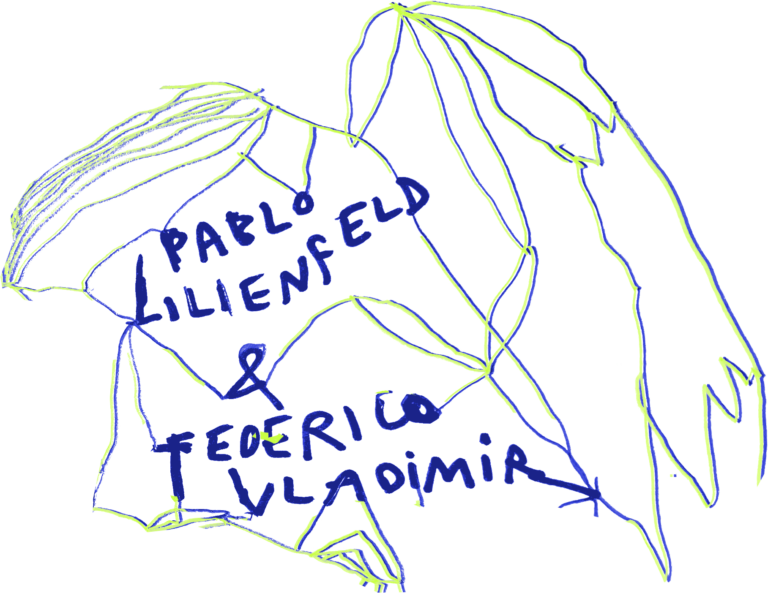
Draconis Lacrimae
2.11 at 21:00 // tickets
Gouden Zaal, Beursschouwburg
Draconis Lacrimae is built upon the collective stories and creatures generated during a Fantasy Rol Playing Game campaign. Taking the detailed rules systems from these games as a starting point, the piece explores how representations of identity are saturated with fantasy and speculation.
Role-playing games function as textual and pre-digital tools of identity exploration and world-building, as they invite participants to occupy a liminal role located at the boundaries of person, player and character.
The characters and stories in Draconis Lacrimae are created from the intimate biography of each performer. The problematic staging of the performer’s identities, through fantasy tropes, questions how representations of gender, race or illness can create necessary categories that end up generating domination and segregation nonetheless. The fictional world created by the players-performers is the ground in which their diverse subjectivities can coexist and relate to each other without the burden of prejudices installed in realistic narrations.
The rules and instructions for the game can be found in the publication Draconis Lacrimae The Player’s handbook. Published by a.pass and designed by P.G. Howlin, the game is an invitation for the readers to play themselves otherwise and encounter otherness as an accomplice.
CREATION AND PERFORMANCE Anaël Snoek, Camilo Mejía Cortés, Joshua Serafin, Pablo Lilienfeld & Federico Vladimir
CONCEPT AND GAME DESIGN: Pablo Lilienfeld & Federico Vladimir
SOUND TALISMANS by Silvia Weidenbach
THE ALIEN DRUID MONOLOGUE by Sabina Urraca
THE ALIEN DRUID SONG LYRICS by Pythagoras (from Ovid’s Metamorphoses)
COROLIAN QUEEN Gustavo Gláuber
ILLUSTRATIONS Roi Pardo
LIGHT DESIGN Hadrien Jeangette
SCENOGRAPHY AND VIDEOS Federico Vladimir
MUSIC AND SOUND DESIGN Pablo Lilienfeld
CO-PRODUCERS Ayuntamiento de Madrid, Comunidad de Madrid
SUPPORTED BY wpZimmer, AC/E Acción Cultural Española, Spanish Embassy in Belgium
RESIDENCY SUPPORT wpZimmer, workspacebrussels, kunstencentrum BUDA, CC Jacques Franck.
THANKS TO Julia Rubies, Nathaniel Moore, Mario Barrantes, a.pass, Federico Protto, Laura Kumin, Javier Cuevas and Matías Daporta
DRACONIS LACRIMAE THE PLAYER’S HANDBOOK, published by a.pass, designed by P.G. Howlin, with contributions by Sabina Urraca, Florence Shaw, Roi Pardo, Heidi Smith, Federico Protto and Nacho G. Riaza.
Federico Vladimir:@federicovladimir
Pablo Lilienfeld: @pablolilienfeld
Anaël Snoek: @anaelsnoek
Camilo Mejía Cortés: @camilo_mejia
Joshua Serafin: @joshudoser
Hadrien Jeangette: @hadrien1401

